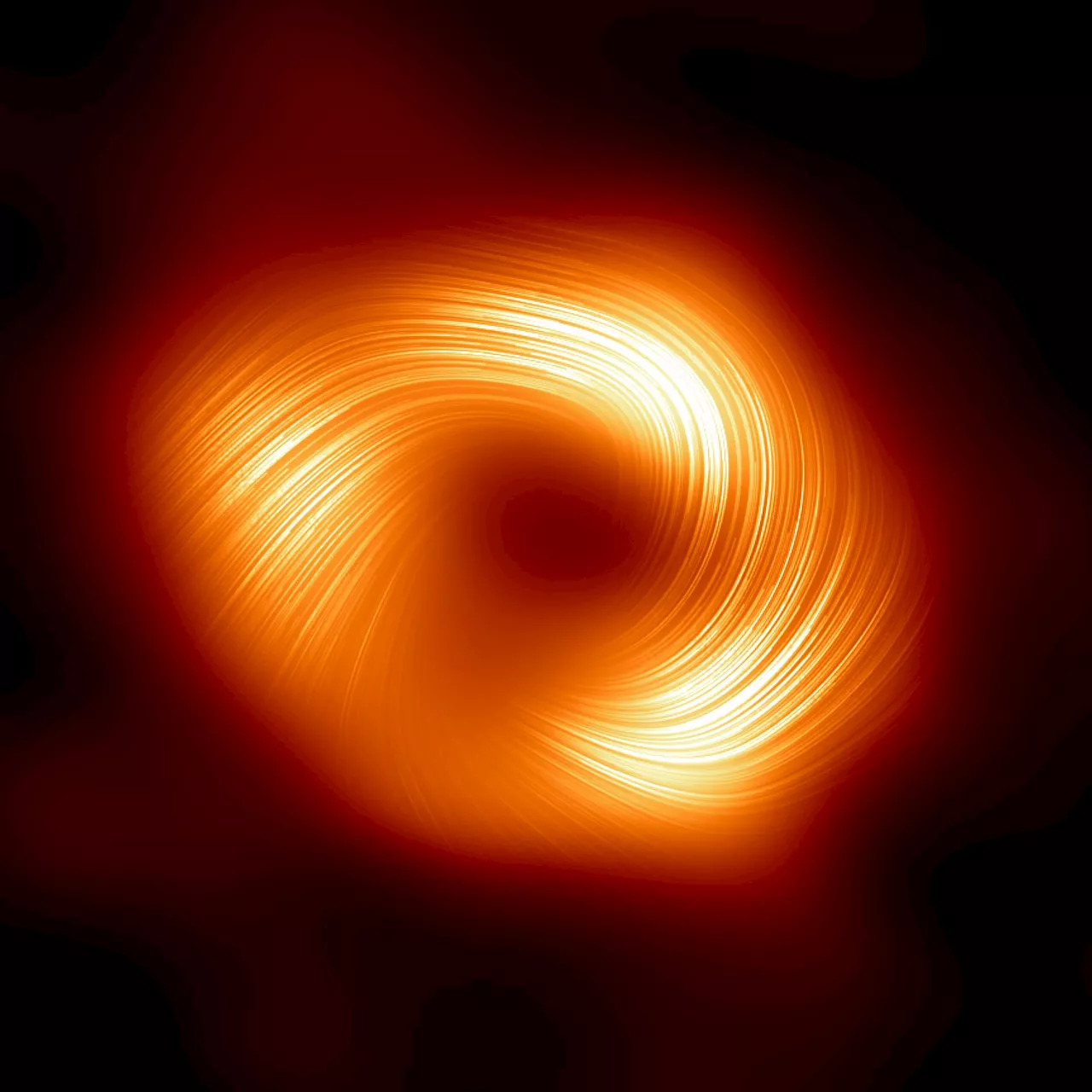Science, Space and Technology News 2024
The Event Horizon Telescope collaboration, which produced the first-ever image of our Milky Way black hole released in 2022, has captured a new view of the massive object at the center of our Galaxy: how it looks in polarized light. This is the first time astronomers have been able to measure polarization, a signature of magnetic fields, this close to the edge of Sagittarius A*. This image shows the polarized view of the Milky Way black hole.
The scale shows the apparent size on the sky of these images, in units of micro-arcseconds. A finger held at arm’s length measures 1 degree on the sky; a micro-arcsecond is 3.6 billion times smaller than that. In context, the images of these black holes have an apparent size similar to that of a donut on the surface of the Moon.
This image shows the polarized view of the black hole in M87. The lines mark the orientation of polarization, which is related to the magnetic field around the shadow of the black hole. Credit: EHT Collaboration Mariafelicia De Laurentis, EHT Deputy Project Scientist and professor at the University of Naples Federico II, Italy, said, “With a sample of two black holes — with very different masses and very different host galaxies — it’s important to determine what they agree and disagree on. Since both are pointing us toward strong magnetic fields, it suggests that this may be a universal and perhaps fundamental feature of these kinds of systems.
“As the largest and most powerful of the telescopes in the EHT, ALMA played a key role in making this image possible,” says ESO’s María Díaz Trigo, European ALMA Programme Scientist. “ALMA is now planning an ‘extreme makeover’, the Wideband Sensitivity Upgrade, which will make ALMA even more sensitive and keep it a fundamental player in future EHT observations of Sgr A* and other black holes.
This chart shows the location of the field of view within which Sagittarius A* resides — the black hole is marked with a red circle within the constellation of Sagittarius . This map shows most of the stars visible to the unaided eye under good conditions. Credit: ESO, IAU and Sky & Telescope“First Sagittarius A* Event Horizon Telescope Results. VII.
South Africa Latest News, South Africa Headlines
Similar News:You can also read news stories similar to this one that we have collected from other news sources.
Peering into the tendrils of NGC 604 with NASA's WebbThe formation of stars and the chaotic environments they inhabit is one of the most well-studied, but also mystery-shrouded, areas of cosmic investigation. The intricacies of these processes are now being unveiled like never before by NASA's James Webb Space Telescope.
Read more »
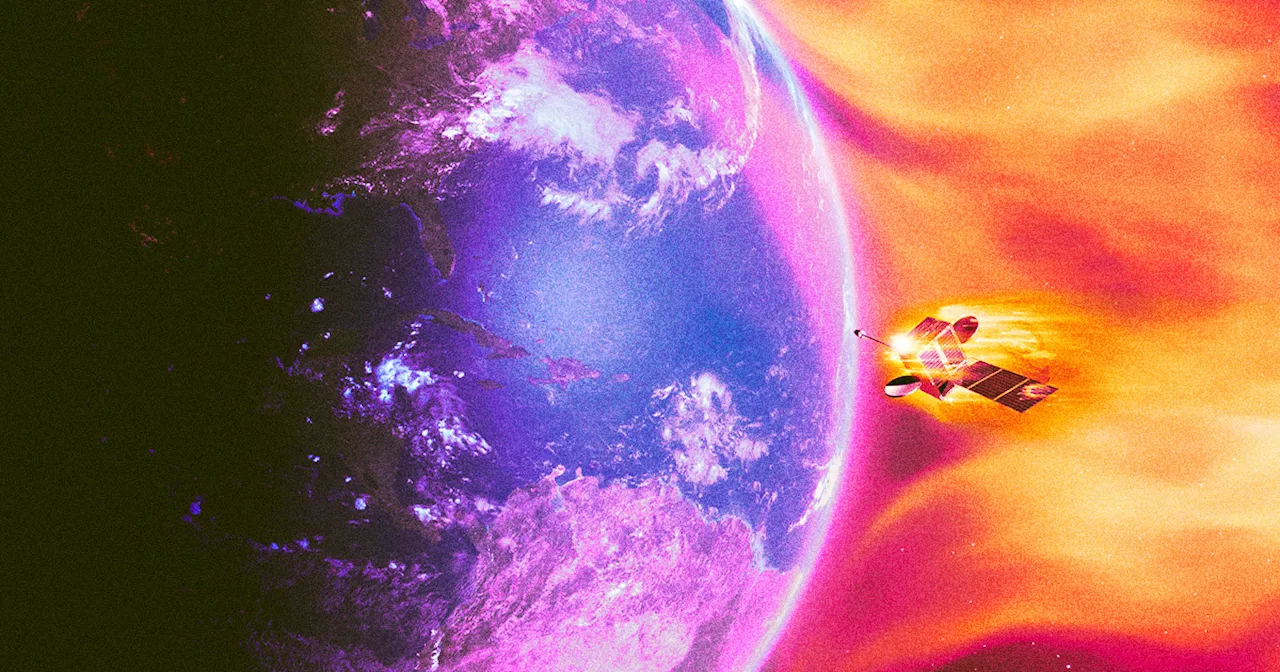 Paper Claims Dying SpaceX Satellites Could Weaken Earth's Magnetic FieldScience and Technology News and Videos
Paper Claims Dying SpaceX Satellites Could Weaken Earth's Magnetic FieldScience and Technology News and Videos
Read more »
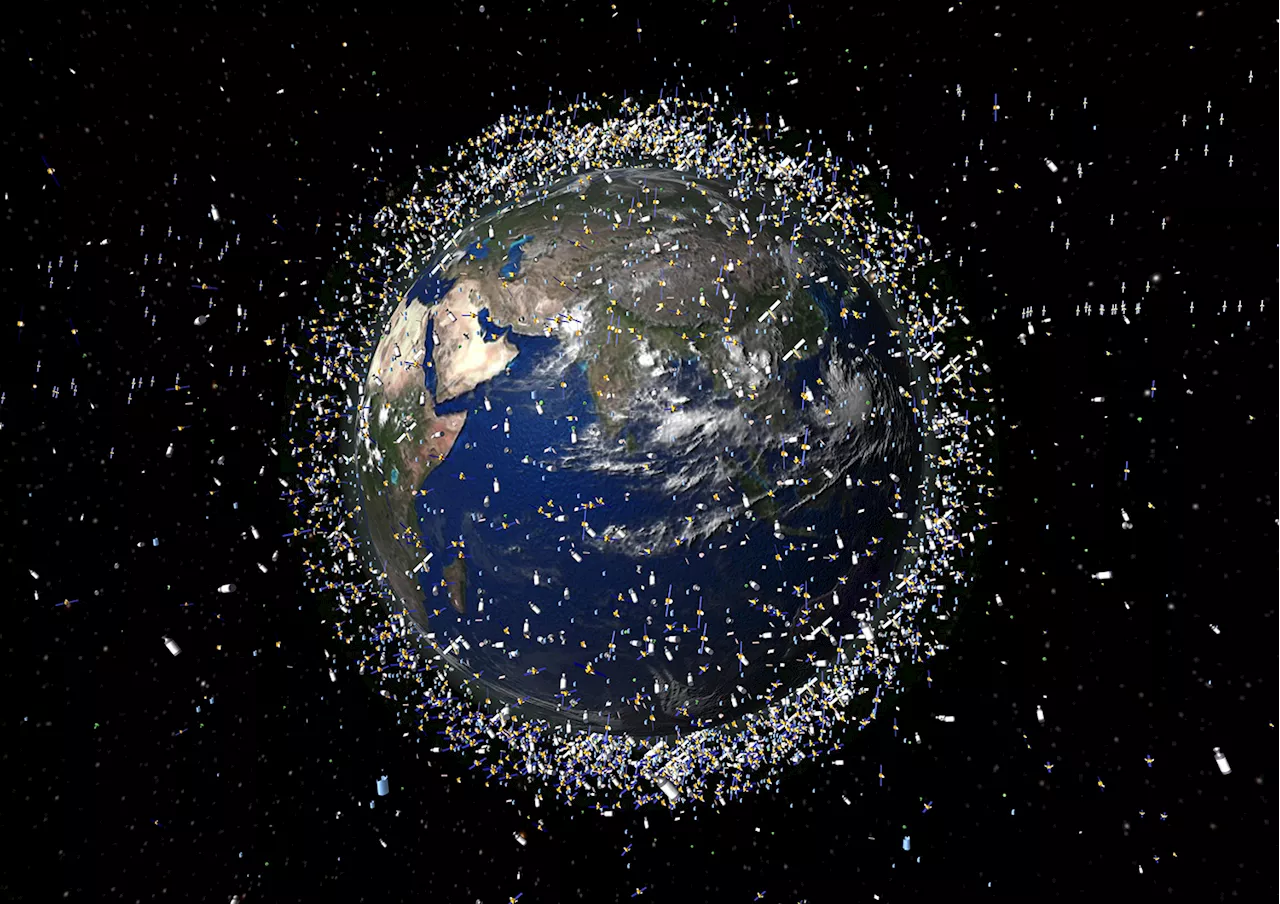 Controversial paper warns falling space junk could weaken earth’s magnetic fieldA new paper has issued a chilling and terrifying warning: falling space junk could compromise Earth's magnetic field.
Controversial paper warns falling space junk could weaken earth’s magnetic fieldA new paper has issued a chilling and terrifying warning: falling space junk could compromise Earth's magnetic field.
Read more »
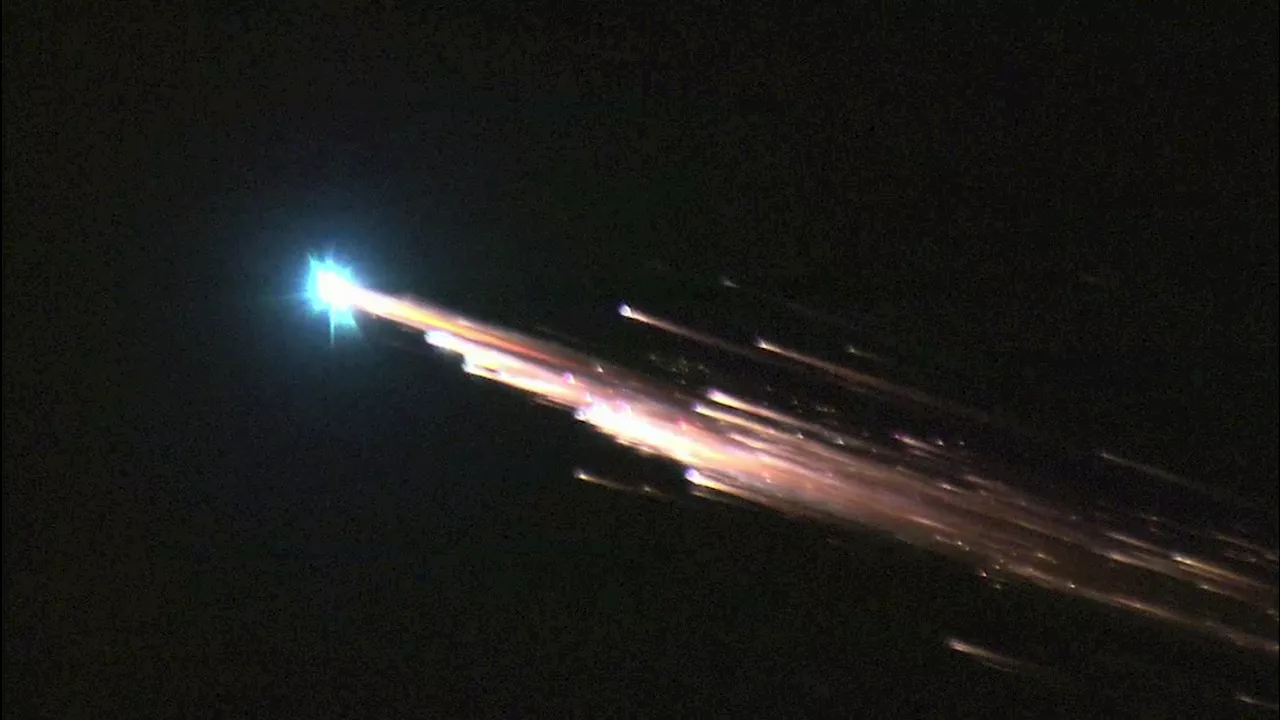 Debris from burning satellites could be affecting Earth's magnetic fieldTereza is a London-based science and technology journalist, aspiring fiction writer and amateur gymnast. Originally from Prague, the Czech Republic, she spent the first seven years of her career working as a reporter, script-writer and presenter for various TV programmes of the Czech Public Service Television.
Debris from burning satellites could be affecting Earth's magnetic fieldTereza is a London-based science and technology journalist, aspiring fiction writer and amateur gymnast. Originally from Prague, the Czech Republic, she spent the first seven years of her career working as a reporter, script-writer and presenter for various TV programmes of the Czech Public Service Television.
Read more »
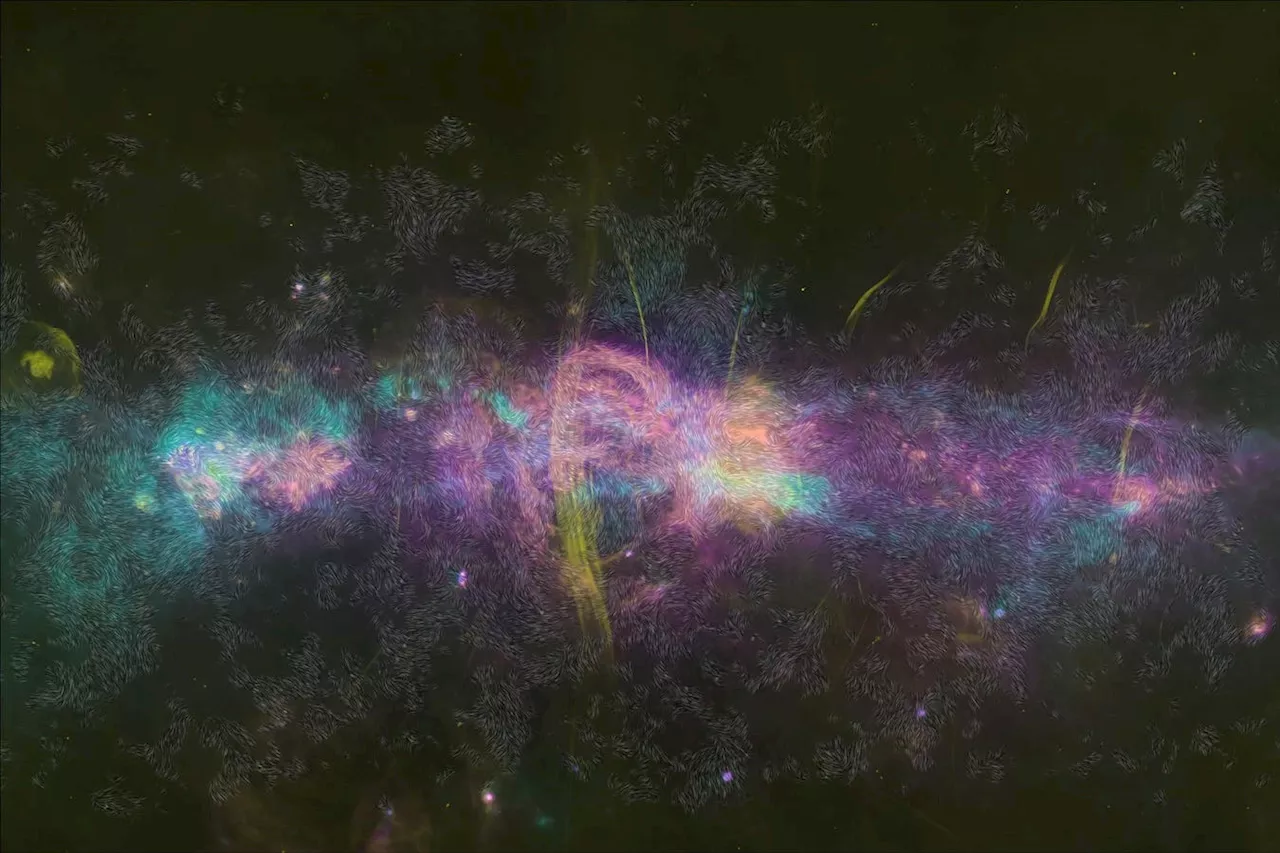 This Magnetic Milky Way Map Is The Weirdest Thing You’ll See This WeekendI’m the world's only solar eclipse journalist. I'm the editor of WhenIsTheNextEclipse.com and author of The Complete Guide To The Great North American Eclipse of April 8, 2024 and When Is The Next Eclipse? A traveler’s guide to total solar eclipses 2024-2034.
This Magnetic Milky Way Map Is The Weirdest Thing You’ll See This WeekendI’m the world's only solar eclipse journalist. I'm the editor of WhenIsTheNextEclipse.com and author of The Complete Guide To The Great North American Eclipse of April 8, 2024 and When Is The Next Eclipse? A traveler’s guide to total solar eclipses 2024-2034.
Read more »
 Watch the first-ever magnetic levitation test on regular train tracksA maglev demo in Europe has showcased how easy it would be to use newer, levitating trains on the already expansive European rail system.
Watch the first-ever magnetic levitation test on regular train tracksA maglev demo in Europe has showcased how easy it would be to use newer, levitating trains on the already expansive European rail system.
Read more »
